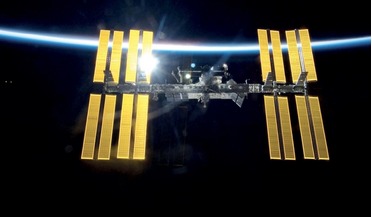 October 2018
Funding the space frontier – a moment that changed the Universe
October 2018
Funding the space frontier – a moment that changed the Universe
... to me. There are other examples that may not be so obvious but, once seen in context, are indicators of the titanic shift now underway. It happened at 5:28 am EDT on 30 April 2001, hurtling through space at 17,100 mph, 250 miles above...
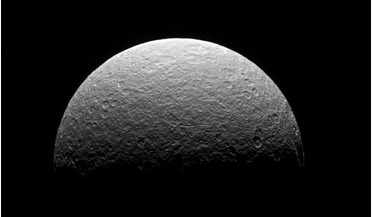 05 February 2021
Hydrazine might be present on Rhea, new study says
05 February 2021
Hydrazine might be present on Rhea, new study says
... Using a host of instruments, Cassini transformed our view of Titan, hinted that Enceladus was hiding an ocean and gave insights ... authors calculate that assuming nitrogen (N2) has existed in Titan’s atmosphere over the last four billion years, the ...
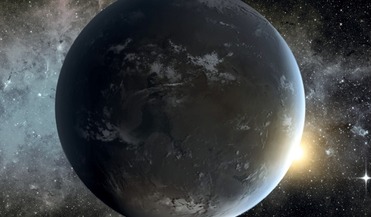 October 2019
Are we prepared for SETI discovery?
October 2019
Are we prepared for SETI discovery?
... surface of Mars, on moons orbiting the giant planets with a large subsurface ocean (Europa, Ganymede, Callisto, Enceladus, Titan), and also deep under the surface of the Earth. Once it was realised that there are exoplanets...
 March 2016
Why We Need Space Artists
March 2016
Why We Need Space Artists
...it must have a blue sky - right? Likewise Saturn’s huge moon Titan. We are delighted to find that the Solar System has turned out... glows down on craters and vast canyons instead of canals. Titan’s sky is also orange, and at least partly opaque, with...
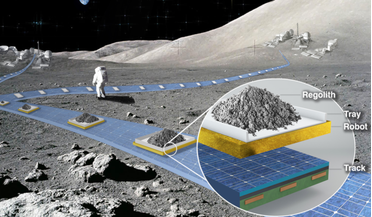 26 February 2021
Lunar levitation track system among new ideas funded by NASA
26 February 2021
Lunar levitation track system among new ideas funded by NASA
...California : Atomic Planar Power for Lightweight Exploration (APPLE). Steven Oleson, NASA’s Glenn Research Center in Cleveland : Titan Sample Return Using In-situ Propellants. Marco Pavone, Stanford University : ReachBot: Small Robot for Large Mobile...
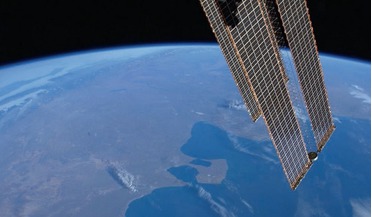 July 2014
Space technology transfer portals and the chance progress of innovation
July 2014
Space technology transfer portals and the chance progress of innovation
...for measuring blood viscosity in patients taking anti-coagulants;1 while research on ways to land instrumentation on Saturn’s moon, Titan, has led – incredibly – to a more efficient way to fill packages with lightweight products such as potato crisps...